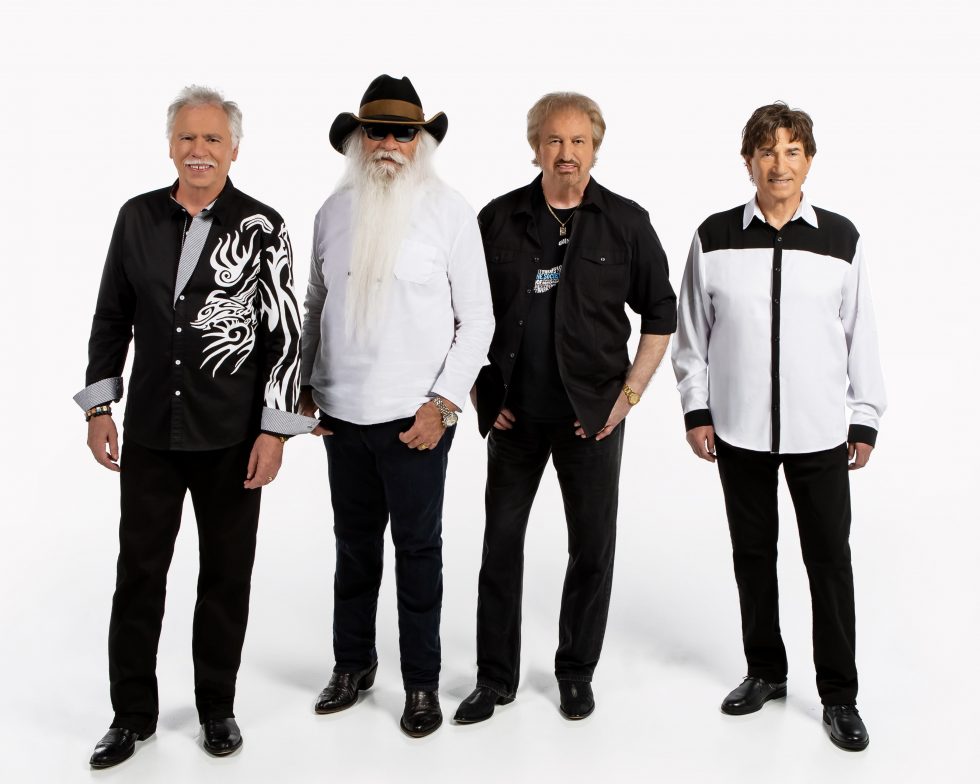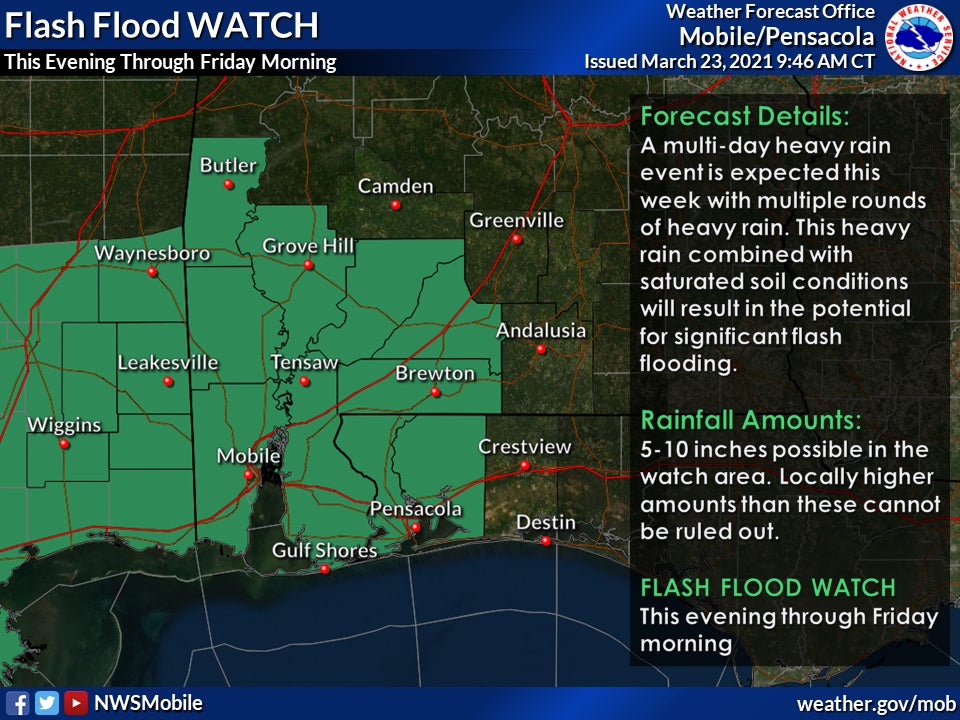Jernigan first to pitch tent
Published 5:57 am Thursday, October 8, 2009
By Staff
The next few weeks I will be running the history of Escambia County as written by Ethel Hoomes in 1934 as a school project. She covered it pretty well and I know it contains material that I have not seen anywhere else. I have had several favorable remarks about running this material and I hope you enjoy it over the next coming weeks. It is so long, it will take a while to cover it all.
Benjamin Jernigan was the first man to pitch his tent in this region. He settled within two and one-half miles of where Fort Crawford subsequently stood. Soon after that time, which was early in 1817, Mr. Jernigan was joined by others. At that time the fort was occupied by the Seventh Georgia Regiment, and General Jackson was a frequent visitor to Mr. Jernigan who had moved from Burnt Corn for the purpose of raising cattle for Jackson’s army. Jackson sent supplies to them from Pensacola by way of the Conecuh River, and the boatmen were greatly annoyed by the Indians firing upon them from the thickets along the banks. The supplies for the army stationed at this point came from Montgomery Hill, on the Alabama River. They were carried across the Escambia in wagons to Fort Crawford and it was from there the citizens of that section got their bread.
The erection of the fort had begun in 1817. Prior to this time they had only temporary earthworks. Up to this time, no Indian settlements were near the occasionally prowling bands on hunting excursions would pass through. They usually camped for about a week at the heads of the streams and then moved on.
In the winter of 1817, tracts of swampland were cleared and in the spring this was planted in corn, which yielded immense crops, even though not fenced in. The inhabitants living around Fort Crawford were engaged in farming and raising cattle and hogs. They transported peas and pumpkins to the Pensacola markets and exchanged them for such delicacies as coffee. “So highly were these farm products valued by the Pensacolians, and so great was the abundance of coffee at this period, that a bushel of peas was readily exchanged for a bushel of coffee.”
There was a plentiful crop in 1818 but because of the constant influx of immigration the food supplies gave out and corn sold for $4 per bushel. It was at this time that Bartley Colley was sent by the community to New Orleans to buy supplies of corn and ship it to Pensacola.
Because of Indian disturbances of boats, wagons were used to convey the supplies across country. A check, however, was put on the Indians troubles in 1818 when General Jackson captured 400 warriors at Ferry Pass.
These fresh bottomlands yielded an abundance of pumpkins and in order to ship those to Pensacola, a huge cypress was scooped out, something like a mammoth bateau and large enough to hold 300 pumpkins. They sold those for 25 or 50 cents each.
There was plenty of game here, but, strange to say, there were no dogs in the community, so the officers engaged Willie Jernigan, a youth of 16 years, to “play dog” for them in routing deer from their hiding places in the thicket near the streams. He would plunge into the deep coverts with a bark and yelp, frightening the deer out where he could be shot.
Soon after the settlement was formed, two Methodist ministers, namely Radford Cotton and Reverend Cotton and Reverend Shaw and a Baptist minister, Thomas Walls, came to the fort and held services at the request of the officers. In 1818, a church was built at “ the bluff” four miles above the fort or the west side of the river.




